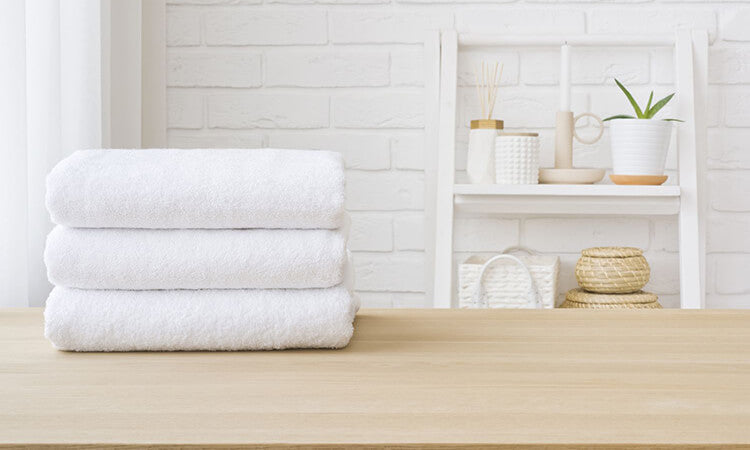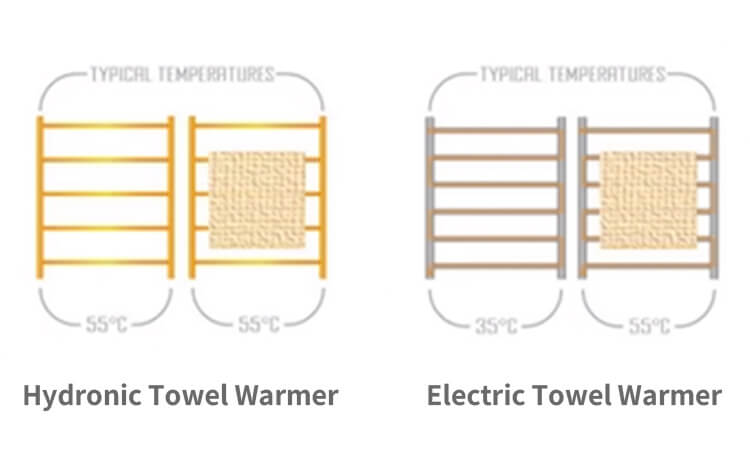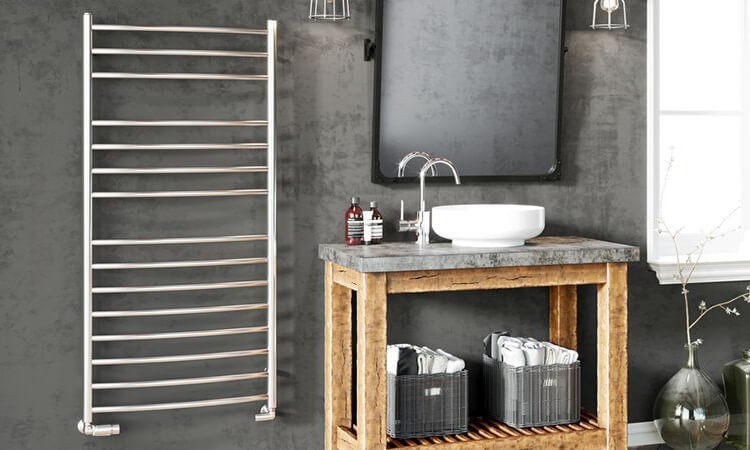Imagine stepping into your bathroom after a long day: the lights are soft, a faint scent of essential oils fills the air, and the space invites you to leave stress behind. Today’s bathrooms are no longer just functional—they’re personal sanctuaries, designed for relaxation, self-care, and even a touch of luxury.
Choosing the right bathtub is at the heart of this transformation, among the many shapes—square, round, and uniquely unconventional—oval tubs stand out. Their graceful curves combine style, comfort, and practical design in a way that few others can.
1. The Spatial Magician: Fits Any Bathroom Layout
Modern bathrooms come in all shapes and sizes—from compact city apartments to spacious luxury suites, and even the quirky floor plans of older homes. That variety makes bathtub adaptability more important than ever. This is where oval tubs truly shine. Thanks to their soft, curved design, they adapt effortlessly to just about any space.
In smaller bathrooms, an oval tub’s smooth silhouette softens the hard lines of walls, vanities, and square fixtures. The effect is a lighter, more fluid look that prevents the room from feeling boxy or cramped.
In larger spaces, the oval tub takes on a new role: it becomes the centerpiece. Whether it’s built into a marble surround or showcased as a freestanding statement with a floor-mounted faucet, its graceful curves add a sense of ceremony and relaxation to an otherwise open room.
Even in awkward or irregular layouts, the forgiving shape of an oval tub minimizes wasted corners and blends naturally into the space—something rectangular tubs often struggle to achieve. With this “one-size-fits-all” flexibility, the oval tub stands out as a smart choice for virtually every type of bathroom.
2. The Ergonomic Champion: Curves That Follow the Human Body
At its core, the joy of soaking comes down to comfort—and that’s exactly where oval tubs excel. They’re designed with the body in mind, shaped to mirror our natural curves: the gentle arch of the spine, rounded shoulders, and the easy extension of the legs.
Slip into an oval tub, and everything falls into place. Your back rests naturally against the sloping wall, your shoulders are softly cradled, and your legs stretch out with ease toward the tapered end. You don’t have to fidget or adjust your posture to feel comfortable—it just happens. By contrast, square tubs press uncomfortably against the back and shoulders with their sharp edges, while round tubs often make legroom an issue. In fact, Giving Tree Home’s survey found that 83% of users rated oval tubs significantly more comfortable than other shapes.
Even the dimensions are carefully considered for relaxation. Most oval tubs are 13–18 inches deep, providing enough water to cover your shoulders without making it difficult to step out. The average recline angle of about 110° is another sweet spot—perfect whether you prefer sitting upright for a quick soak or leaning back fully for a spa-like experience.
3. The Aesthetic Classic: Timeless Design for Every Style

In the world of design, the oval is often celebrated as the most welcoming of shapes. Unlike a perfect circle, it doesn’t feel repetitive, and unlike irregular forms, it never looks forced. Its graceful lines strike the right balance, making the oval tub a versatile design element that works beautifully across a wide range of bathroom styles.
- Minimalist Bathrooms: A matte-white freestanding oval tub set against soft gray walls captures the “less is more” philosophy. Its gentle curves soften the sharpness of minimalism, keeping the space serene rather than sterile.
- Vintage Bathrooms: A cast-iron oval tub with copper claw feet, paired with mosaic tiles and brass fixtures, instantly recalls the elegance of old-world European homes.
- Nature-Inspired Bathrooms: A wood-clad oval tub surrounded by natural textures and greenery creates an inviting, organic retreat.
What makes the oval tub truly stand out is its timelessness. From 19th-century copper tubs in European estates to today’s sleek acrylic versions, its silhouette has never gone out of style. Choosing an oval tub isn’t just a design decision for today—it’s an investment in a look that will remain relevant no matter how trends shift.
4. The Functional Integrator: Built for Modern Bathing Rituals
Today, bathing is no longer just about getting clean—it’s about relaxation, therapy, and self-care. And few tub designs support these needs as naturally as the oval tub. With its balanced structure and generous proportions, it becomes the true functional heart of a modern bathroom.
Smart capacity: A standard size of around 60 × 28 inches holds roughly 250 liters of water—plenty for full-body immersion without wasting water or driving up heating costs. Its curved walls also help circulate water more evenly, enhancing the soothing effect when paired with air bubbles or massage jets.
Advanced features that fit seamlessly:
- Massage jets integrate neatly into the curved sidewalls, aligning with pressure points in the back, waist, and shoulders.
- Temperature control works more efficiently thanks to the streamlined shape, helping the water stay warm longer.
- LED ambient lighting built into the base provides a soft glow, adding atmosphere and elevating bath time into a personal ritual—something many younger homeowners especially appreciate.
Ending
In today’s homes, the bathtub has evolved far beyond its role as a simple bathroom fixture—it has become a symbol of lifestyle. An oval tub doesn’t just serve a function; it transforms the bathroom into a sanctuary where utility meets emotion, comfort, and well-being.
After a long day, slipping into an oval tub feels like being gently cradled by water and curves, creating a deeply personal moment of restoration. On a quiet weekend, a soak enhanced with bath bombs, essential oils, and soft music turns the space into your own private retreat. It’s this blend of ritual and renewal that makes the oval tub so meaningful.
As one interior design magazine put it: “The beauty of the oval bathtub is that it satisfies both the practical—space and comfort—and the spiritual, with its sense of ritual and elegance. It isn’t just a fixture; it’s a vessel for living.”







